Our Research
Plume-Surface Interaction
With NASA embarking on a new journey to the moon, one of the key problems that needs to be solved is Plume-Surface Interaction (PSI). Where a jet, like one from a lunar lander, will impinge on the lunar soil and cause particles to be kicked up into the lunar atmosphere. These particles can liberate from the soil bed at such a high velocity that they can damage sensitive equipment on the lunar lander and anything in the surrounding area. It is crucial to investigate how these particles interact with the gas phase from the jet, which is expected to go at Mach 5, and how those particles will move relative to it. This project is fully funded by NASA.

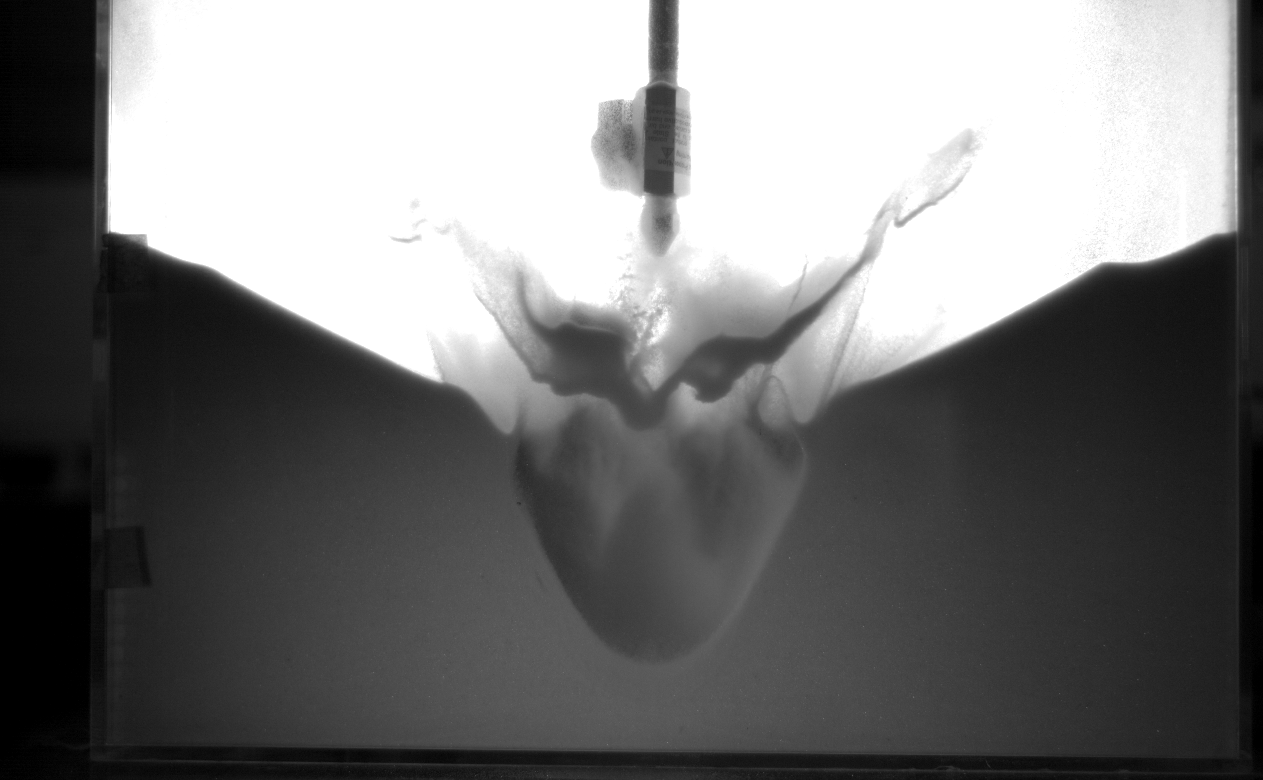
Particle Image Velocimetry
We are upgrading our jet facility system to use particle image velocimetry (PIV) to capture the gas phase velocity of our particle laden jet. By providing crucial information using this system on the velocity and overall dynamics of the gas phase, we can better understand how the particles interact with the surrounding flow. This is done by seeding the flow with tracer particles and using a pulsed laser system as a light source synchronized to a high-speed camera. This project is involved with our collaboration with NASA JPL and University of Michigan.
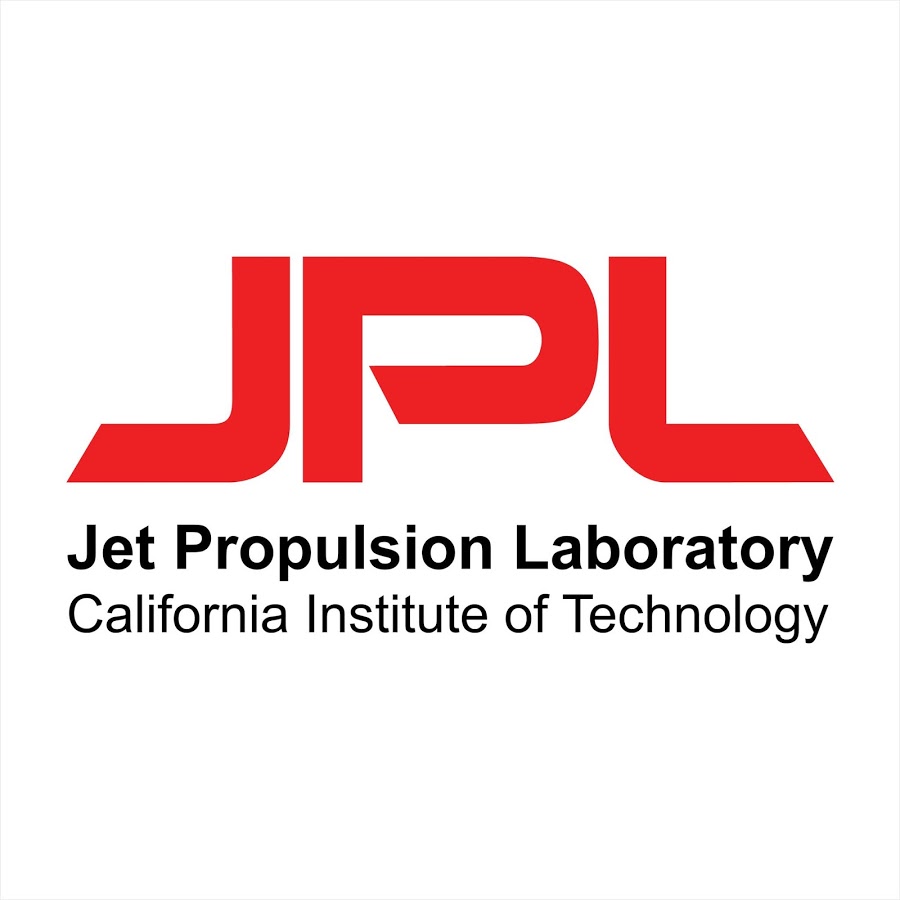

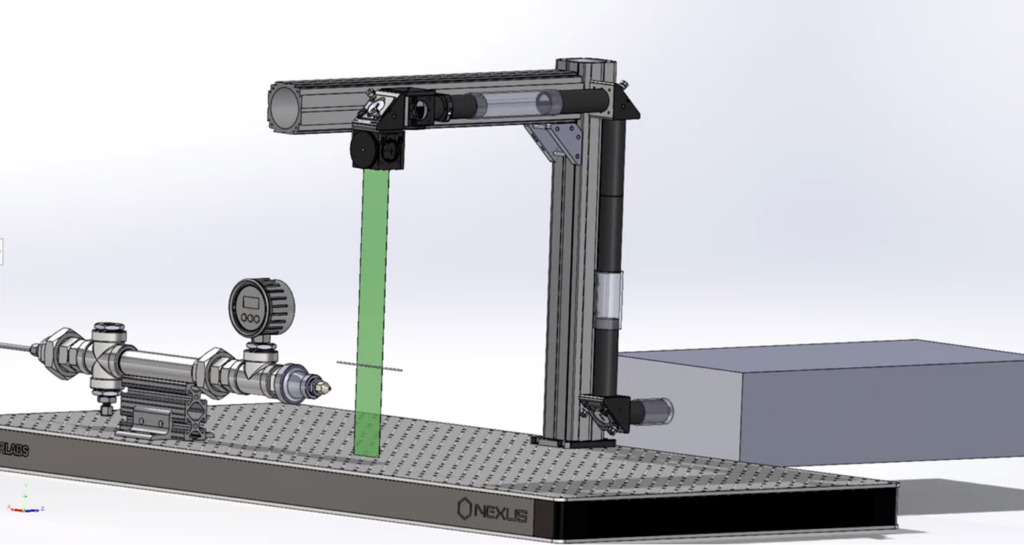
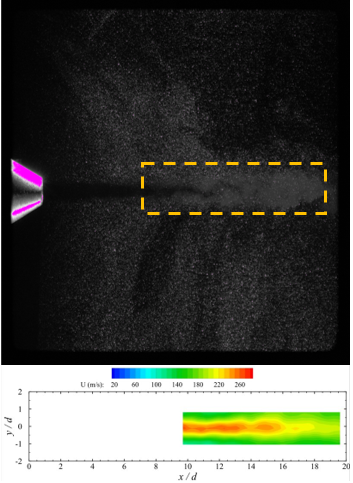
3D Particle Tracking
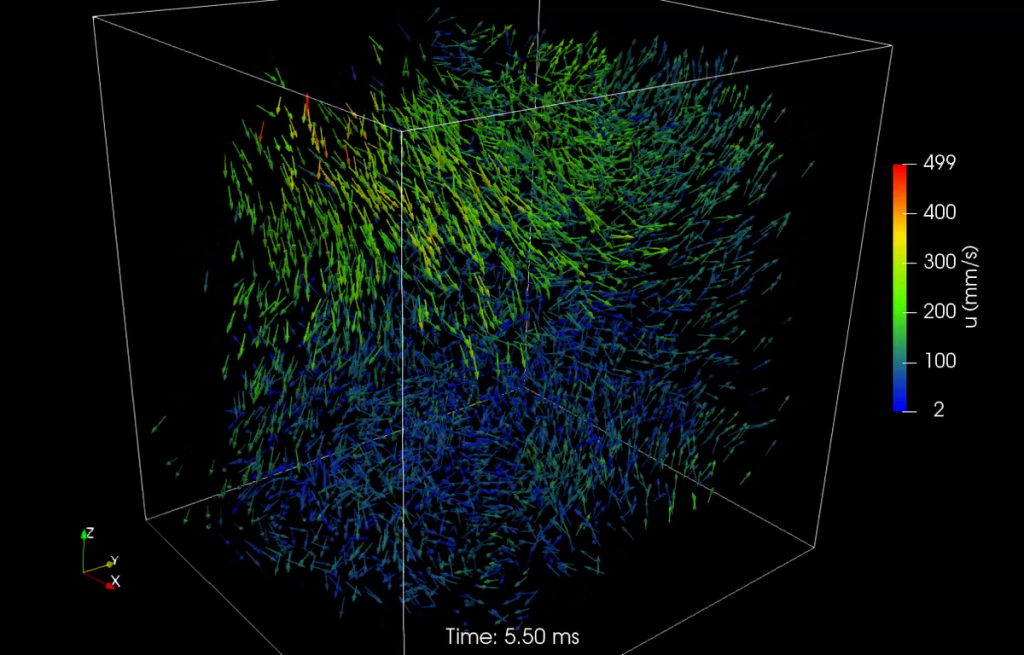
We are working on improving the existing 3D particle tracking code to handle high tracer concentrations (up to 0.1 particle per pixel). The aim of this project is to demystify the high-concentration tracking algorithm in 3D and make it more transparent for students and non-experts to use. The other great feature of this new in-house code is the simple parallelization for computer clusters and quantification of propagation of experimental uncertainty. This will help us to better understand, evaluate, and eventually control the measurement uncertainties

Turbulent Bubbly Flow
The V-ONSET facility provides a unique flow environment for us to probe the inter-facial couplings between two phases in the Lagrangian framework. That includes bubble deformation and breakup physics, as well as simultaneous measurement of the surrounding turbulent flow.



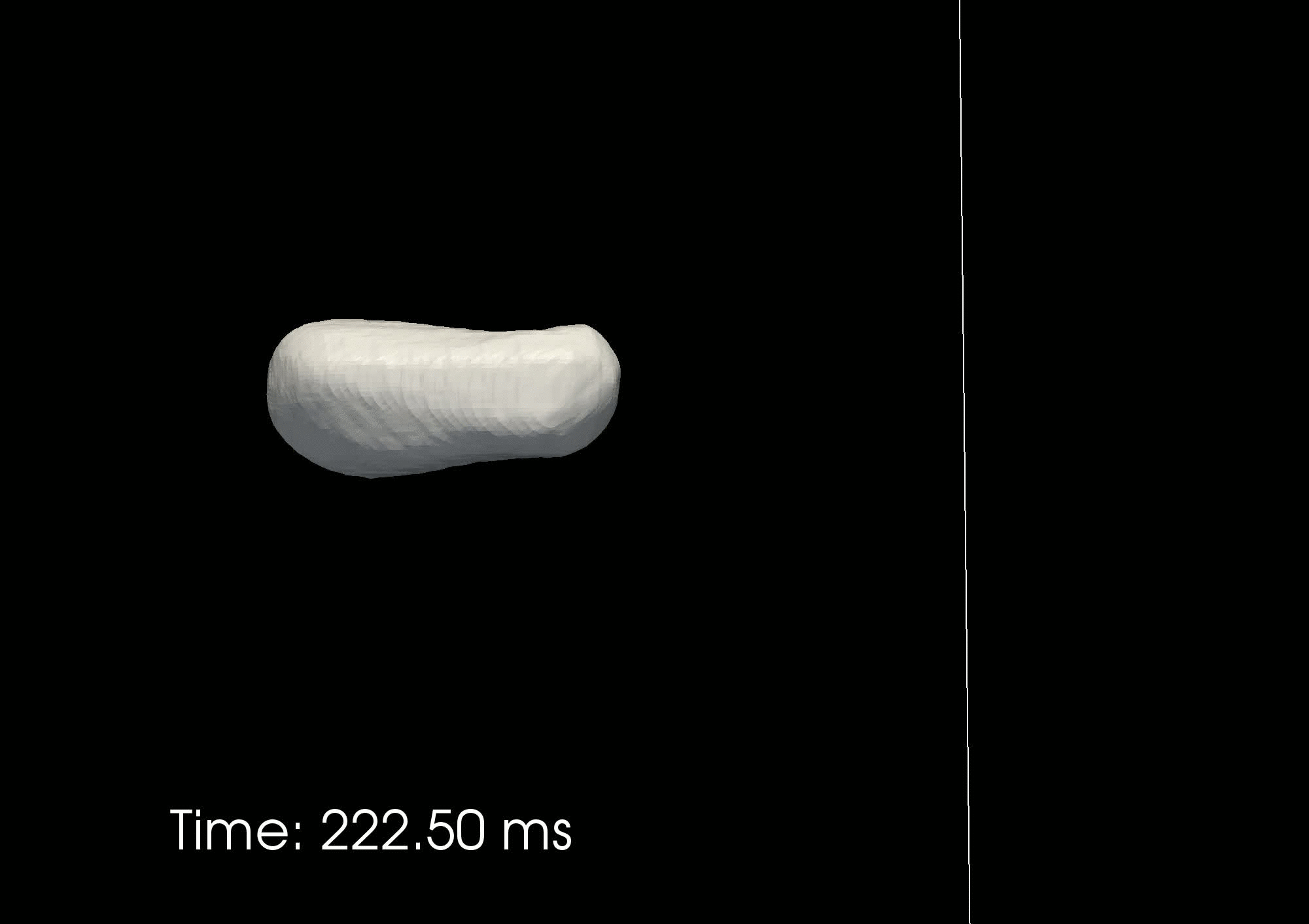
Active Multiphase Flow
FATE (Fish Aquarium with a Turbulent Environment)
This experimental facility will be utilized to study how fish schools react to turbulent flows. Fish can sense hydrodynamic signals using their lateral line system. However, studies have suggested that fish can only respond to eddies of certain length and time scales and thus can only utilize information from signals with a certain level of noise. We hypothesize that fish form schools as a mechanism to cope with noisy hydrodynamic signals. In particular, we look to determine the extent to which the swimming formation of the school acts as a band-pass filter and signal amplifier to create a local environment with damped turbulence and enhanced signals.
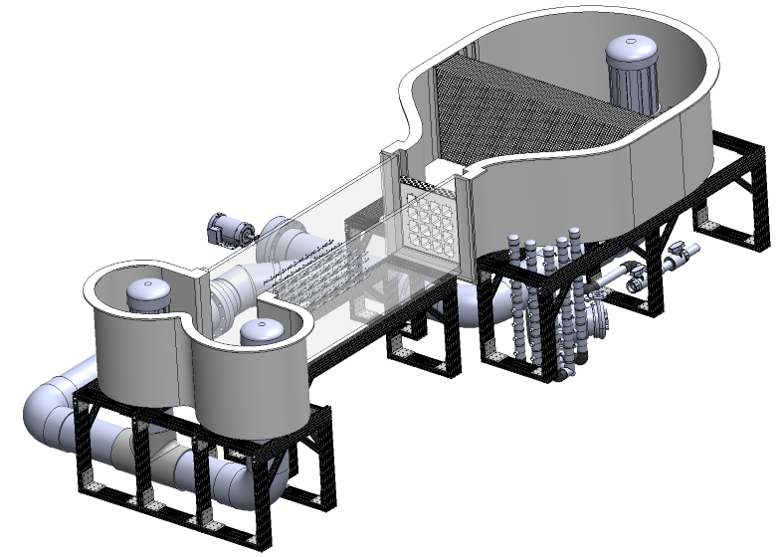
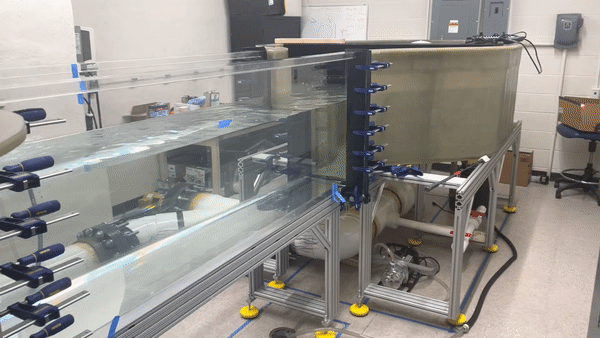
Physics-Informed Neural Networks
To better understand how fish react to unsteady flows, it is necessary to intercept the hydrodynamic signals sensed by their lateral line in a non-invasive manner. To do this, we utilize a physics-informed neural network (PINN) to predict an optimized solution for the velocity and pressure fields that satisfy the governing equations and the constraints from the PIV measurements. The PINN method can provide an accurate prediction of the pressure signals sensed by the fish.
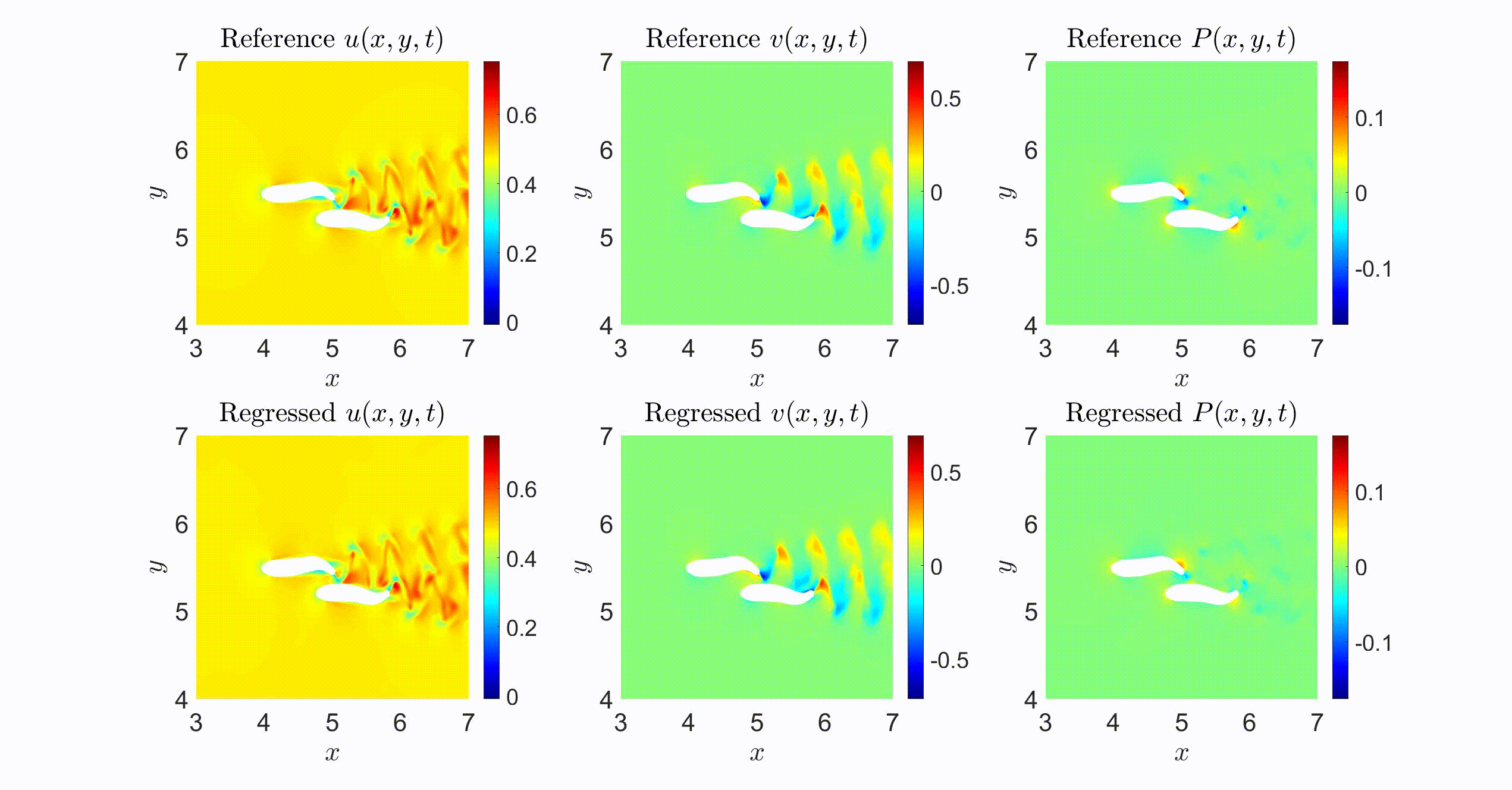
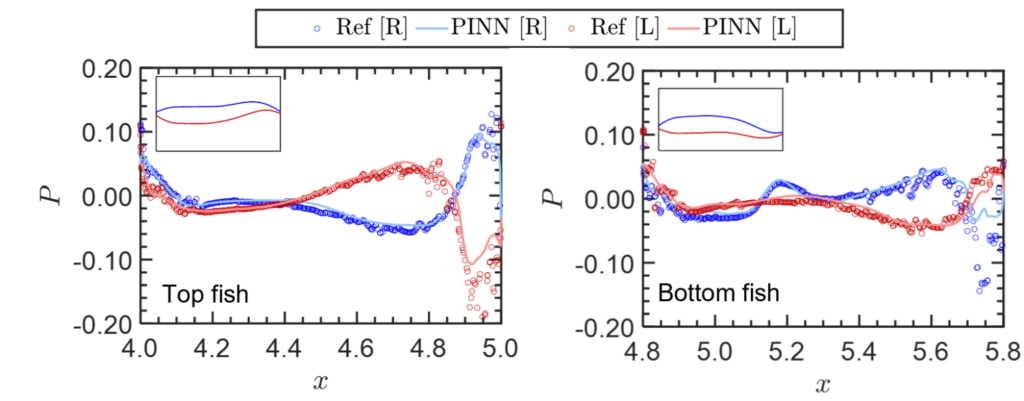
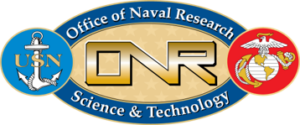
Enhanced Visual Hull Reconstruction
A perfect geometrical reconstruction of a sophisticated 3D object requires infinite optical views covering all possible angles around the object. This is not always feasible or affordable for high-speed imaging, as the fast cameras are expensive. With the reduced number of cameras, the traditional Visual Hull method suffers from a problem that some virtual mass appears in the reconstructed volume, contributing to relatively large uncertainties. We have designed a novel virtual camera method to mitigate this problem. This framework is designed mostly for our bubbly flow application, but it can also be used for other applications. Please send Dr. Rui Ni an email if you want to collaborate on this idea.
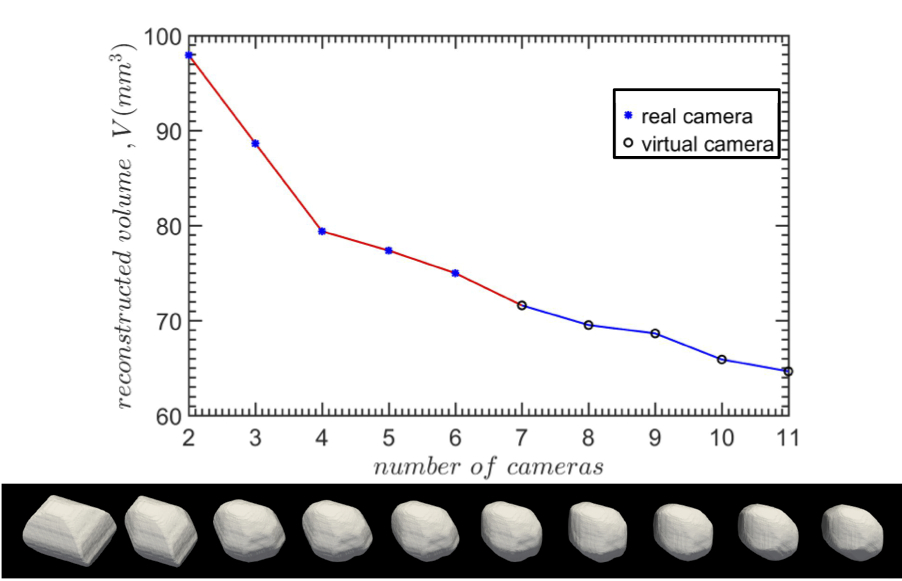
Interfacial Mass Transfer
Multiphase flow can often find its applications in boiling heat transfer and chemical and biological reactors. A common feature of these applications is the mass and heat exchange between two phases via complex interfaces. The aim of this project is to unveil the underlying physical processes and bridge the scale difference between the microscopic interfacial dynamics to macroscopic transport and mixing statistics.
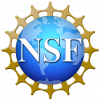
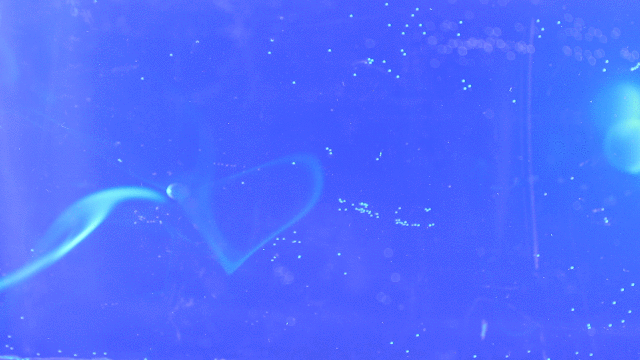
Porous Medium Flow
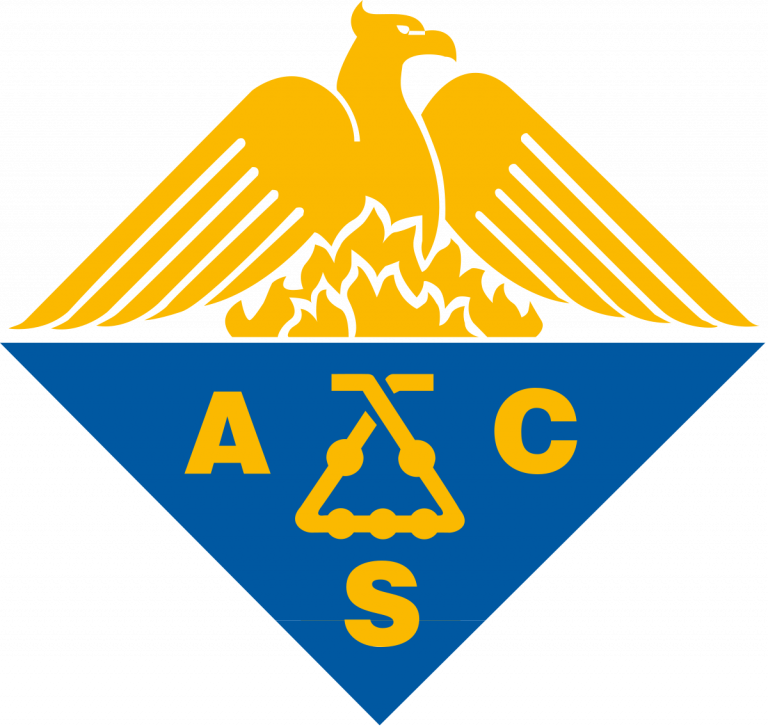

Multiphase flow is also ubiquitous in subsurface oil reservoir, where the environment is rather porous. If a porous medium flow is contaminated with fine particles, those particles can gradually deposit on the surface of grains, reducing the permeability of the reservoir and thus lowering the production efficiency of oil. Supported by the American Chemical Society PRF grant, we aim to provide new insights in this problem by visualizing the entire process in a refractive-index-matched porous flow system.